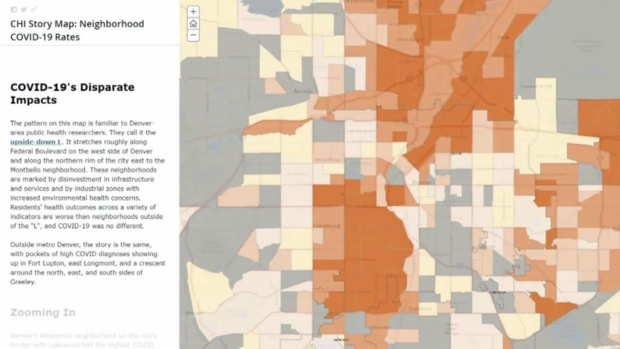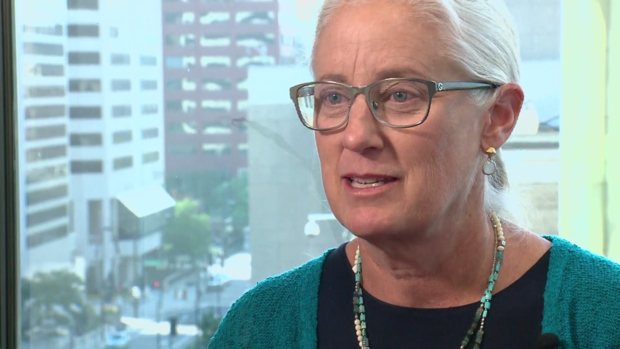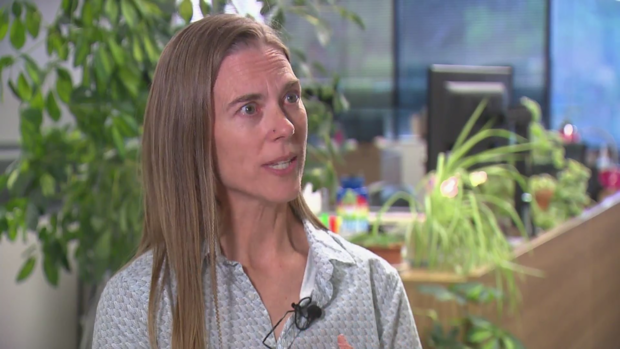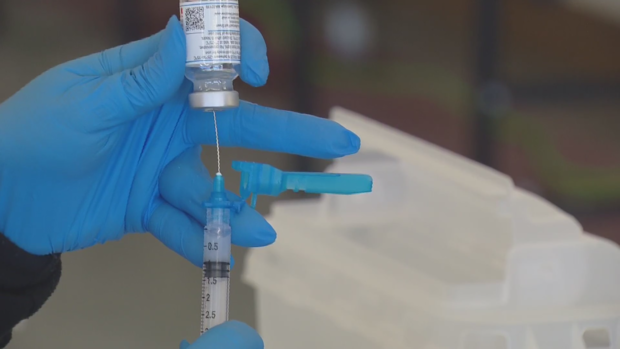COVID In Colorado: Which Denver Neighborhoods Have Been Hit Hardest And Why
DENVER (CBS4) – Mapping of Colorado's COVID cases shows a concentration of cases in many underserved neighborhoods, and in some cases ten times the rate of cases than were found in neighborhoods with higher income levels.
Sometimes those stark differences were only minutes drive apart.
"These are all neighborhoods that are separated by just a street or a block or two," said Michele Lueck, President and CEO. "Like the differences between Montbello and Park Hill. Or the differences between Central Park… and East Colfax," said Lueck.
The conclusions come from a report from the non-partisan Colorado Health Institute. The information was drawn from census tract data showing COVID rates for most of 2020.
The highest levels were found where people: "had lower education levels and with higher concentrations of non-English speakers and people of color. In these areas, various systemic factors contribute to the disparities, including crowded housing, inability to telecommute, and less access to health care," the study concluded.
"We have a responsibility for everybody in our community and in our world to be able to really look at these issues and address them as we can both on the individual level from a provider to a patient as we as to a larger systemic legislative arena," said Shaunti Meyer, senior director of medical affairs for Stride Community Health, which has clinics in underserved communities.
She believes the issues are many; access to health care, to quality food, ability to exercise, a lack of paid time off.
"It's really just an unfortunate situation that we see ourselves in and I think COVID really highlighted a lot of these disparities for us particularly."
While the data is pre-vaccine, she suspects the same trends are continuing.
"We are still seeing patients that come in that really don't understand what the vaccine is about, have some fear around it or just have some misinformation or not enough education about it."
For many people living in aggregate housing and unable to take time off, health can rank low on the list of things to do to get by.
"A lot of our patients are really living at survival levels," explained Meyer. "They're trying to get enough food to eat, they're trying to have enough money to pay their rent, or they don't have homes at all."
Health care providers and policy makers will use the data to determine what actions to take.
"Getting the disease was much, much, different by really dramatic proportions between essentially the haves and the have nots," said Lueck. "What's most striking and what's most sobering to me is that these are the inequities that we see play out time and time again."
And that's the case with many health care issues they look at.
"The debate at the end of the day always comes down to how big should the safety net be?"
The Colorado Health Institute's Report and Map can be found here.







